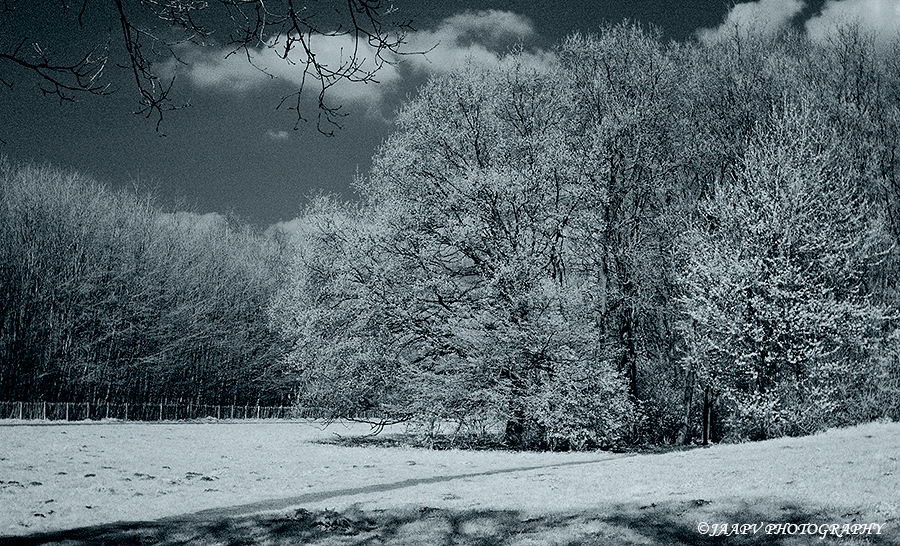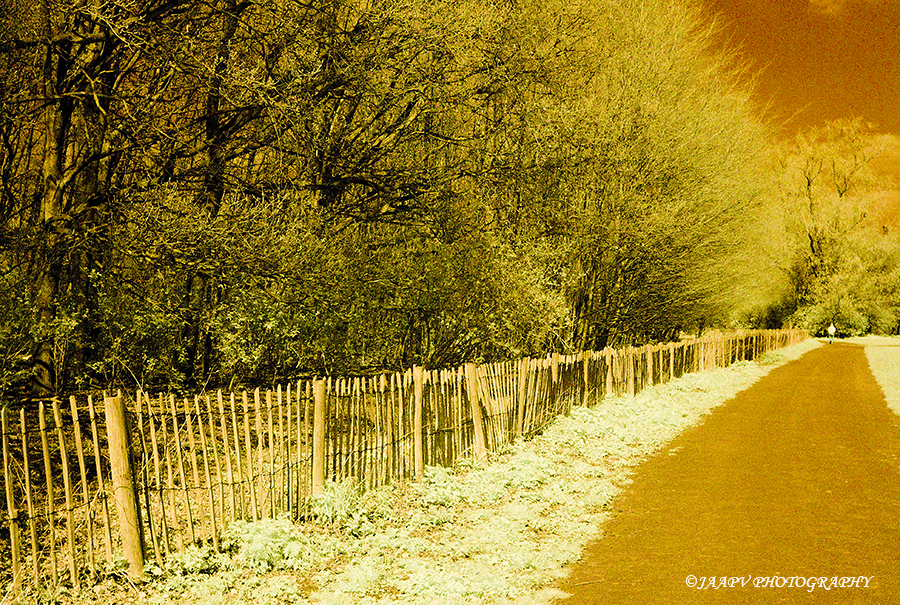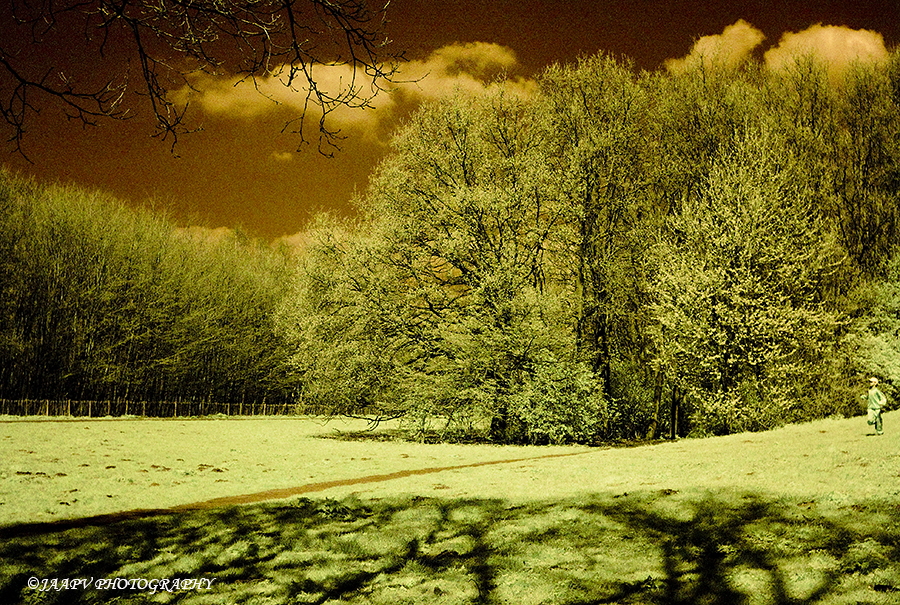You are using an out of date browser. It may not display this or other websites correctly.
You should upgrade or use an alternative browser.
You should upgrade or use an alternative browser.
Another attempt at Infrared on the M8
- Thread starter Nick De Marco
- Start date
- Latest activity Latest activity:
- Replies 14
- Views 3K
DaveB
Established
It's a real thrill to have an unmodified digital camera that can shoot IR hand held.
When combined with these easy to focus wide angle lenses it's particulary convenient.
I enjoy shooting IR when the sun is high, the shadows harsh, and conditions are otherwise not optimal for photography. It gives me something to do while waiting for the golden hour.
When combined with these easy to focus wide angle lenses it's particulary convenient.
I enjoy shooting IR when the sun is high, the shadows harsh, and conditions are otherwise not optimal for photography. It gives me something to do while waiting for the golden hour.
ernesto
Well-known
How do you switch the camera to infrared?
Do you really need the filter?
(trying to understand Infrared Digital)
Ernesto
Do you really need the filter?
(trying to understand Infrared Digital)
Ernesto
Nick De Marco
Well-known
Ernesto, with the M8 you don't need to switch to anything (although you might want to take in B&W so you can preview but it is not necessary).
Yes you need a filter, and preferably a proper IR one that costs more than 50 pounds for a decent result
Yes you need a filter, and preferably a proper IR one that costs more than 50 pounds for a decent result
ernesto
Well-known
Ernesto, with the M8 you don't need to switch to anything (although you might want to take in B&W so you can preview but it is not necessary).
Yes you need a filter, and preferably a proper IR one that costs more than 50 pounds for a decent result
Nick, Does this means that the M8 is sees infrared light anytime?
Even when you take normal pitures?
Ernesto
Nick De Marco
Well-known
Someone with better technical know;edge than m should be able to explain, but my understanding is that the M8 has very high IR sensitivity when taking 'normal pictures'. This is one of the reasons you sometimes have to put a UV/IR filter on the lens so that black does not become pure (I believe). The advantage is the camera is ideal for pure IR photography by adding a pure IR filter
hr1
Newbie
I'd love to know how to take infra red images - I have B+W uv/ir filters - are these what you're referring to?
Nick De Marco
Well-known
You need a dedicated 'true' IR filter. Here is an article about it
http://www.luminous-landscape.com/reviews/cameras/m8-infrared.shtml
http://www.luminous-landscape.com/reviews/cameras/m8-infrared.shtml
jaapv
RFF Sponsoring Member.
These are true IR images in B&W , using a 092 filter, which actually lets a miniscule amount of visible light through as well in the low end of the spectrum. For total blocking of visible light you need a 093 filter.


And thid is how one uses that rest of visible light, to make colour IR images:




And thid is how one uses that rest of visible light, to make colour IR images:


Last edited:
spyder2000
Dim Bulb
Truth is many cameras are sensitive in the IR region. To see the IR effect, you need to add an 87C filter to the lens. This removes the visible spectrum and passes IR.
One way to check your camera for IR is to point your tv remote control at the camera, and while viewing the image on the chimp screen, press the buttons on the tv remote. You'll see the remote's transmitter flash. This doesn't guarantee good photographic results but it does indicate you have a camera that is sensitive in the IR spectrum and is not filetered internally.
I have a Canon G2. It makes great IR images. I also have a Kodak Easy Share. Results there are spotty at best. I guess this paragraph makes me OT.
One way to check your camera for IR is to point your tv remote control at the camera, and while viewing the image on the chimp screen, press the buttons on the tv remote. You'll see the remote's transmitter flash. This doesn't guarantee good photographic results but it does indicate you have a camera that is sensitive in the IR spectrum and is not filetered internally.
I have a Canon G2. It makes great IR images. I also have a Kodak Easy Share. Results there are spotty at best. I guess this paragraph makes me OT.
jaapv
RFF Sponsoring Member.
I just had a look at the Reichmann article. There is one error in there. He says "there is no IR focus mark, so I had to stop down to f 11" That is nonsense. The focus mark is identical, on non-apo lenses, with the 5.6 DOF mark. Plus, IR is generally used for landscape photography. What harm does focus bracketing do? I usuall shoot at 5.6 or 4.0 and run through a progressive focus series.
Last edited:
wstotler
Newbie
I usuall shooty at 5.6 or 4.0 and run through a progressive focus series.
Personally, I've been shooting at f/2. I, too, have read the "stop down to f/11 or f/16" regarding IR photography--not just in the Luminous Landscape article--but I haven't been heeding that. Nailing focus is difficult so I have been focus bracketing, also. Five shots, focus bracketed, usually yields one good one. (When I'm shooting closer than infinity.) I'm getting better, though. 😉
jaapv
RFF Sponsoring Member.
Nick, Does this means that the M8 is sees infrared light anytime?
Even when you take normal pitures?
Ernesto
Yes, that is exactly what all the magenta hoohah was about.
Sonnar Brian
Established
The older Summicrons (collapsible, type I Rigid) are extremely well corrected for color, and the IR index is within the F2.8 DOF marks.
I've used inexpensive Kodak Wratten Filters for IR work before. We're talking $2 at camera shows for an 87c or 88a.
I've used inexpensive Kodak Wratten Filters for IR work before. We're talking $2 at camera shows for an 87c or 88a.
DaveB
Established
I like the 15mm CV for IR because it makes focusing almost a non-issue.


Similar threads
- Replies
- 3
- Views
- 797
- Sticky
- Replies
- 3
- Views
- 753


